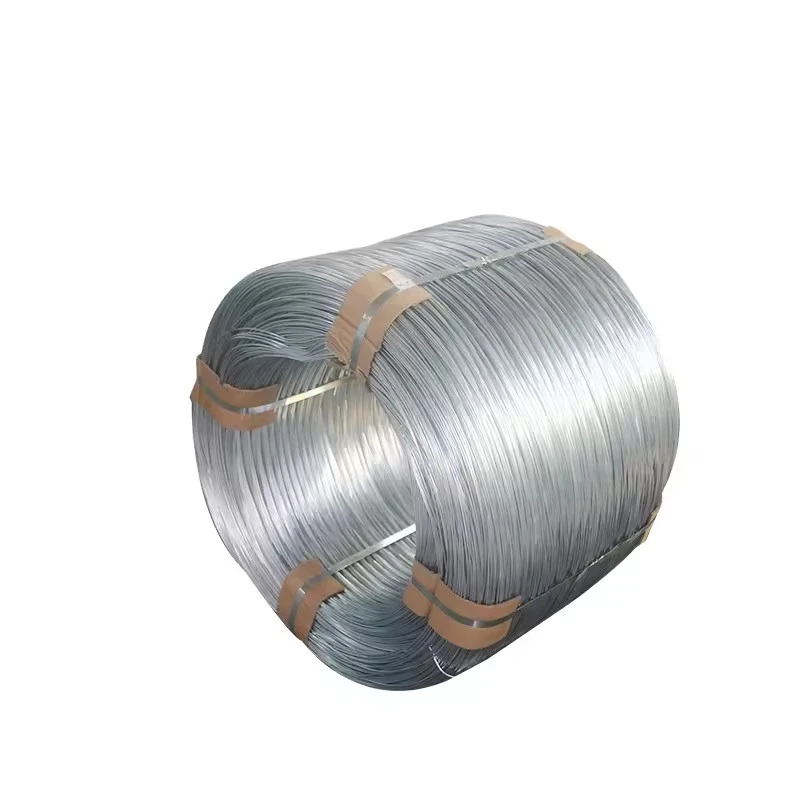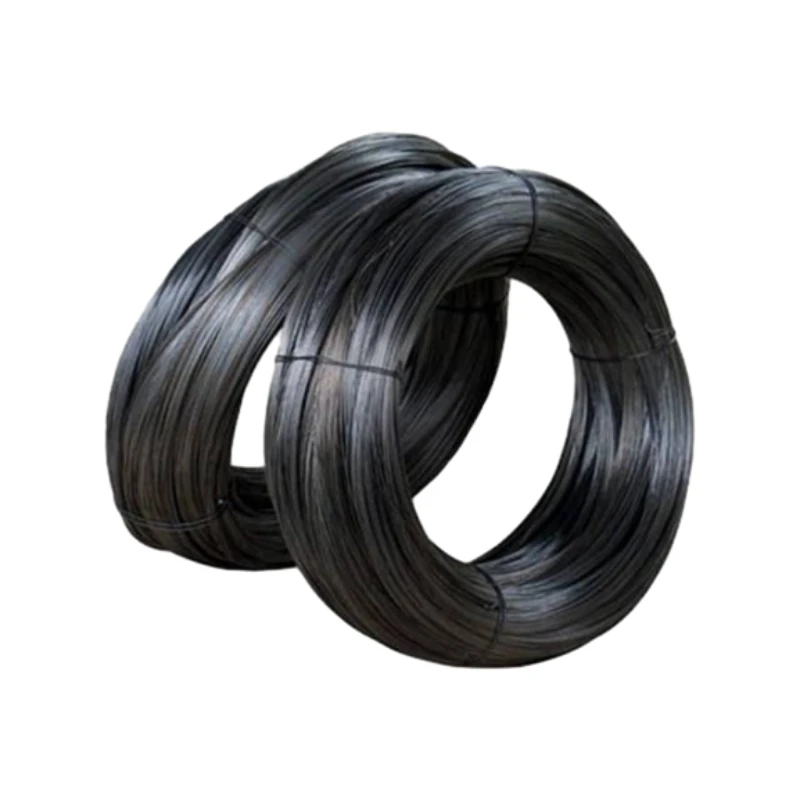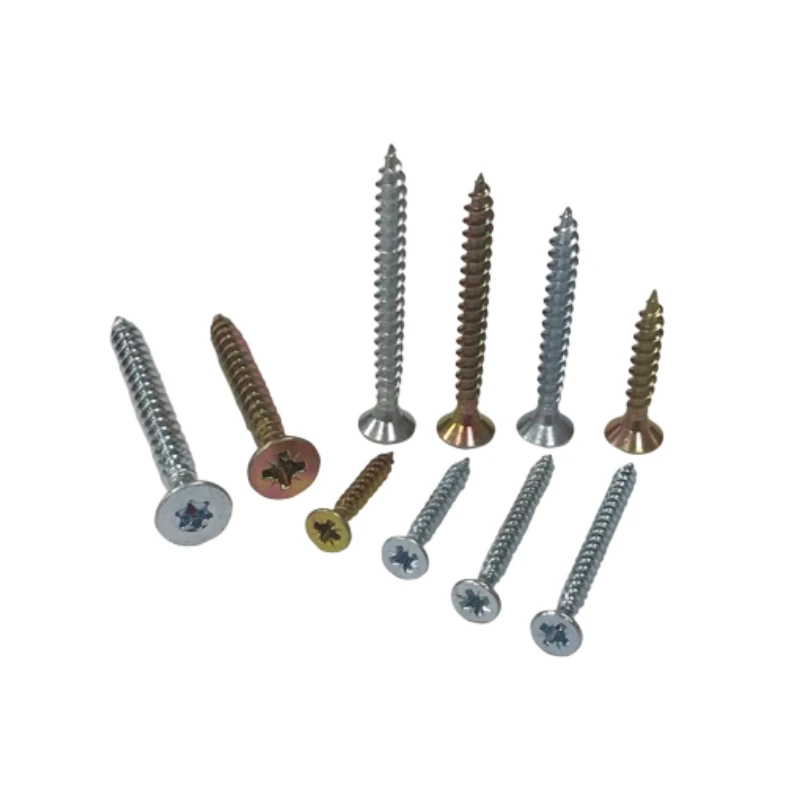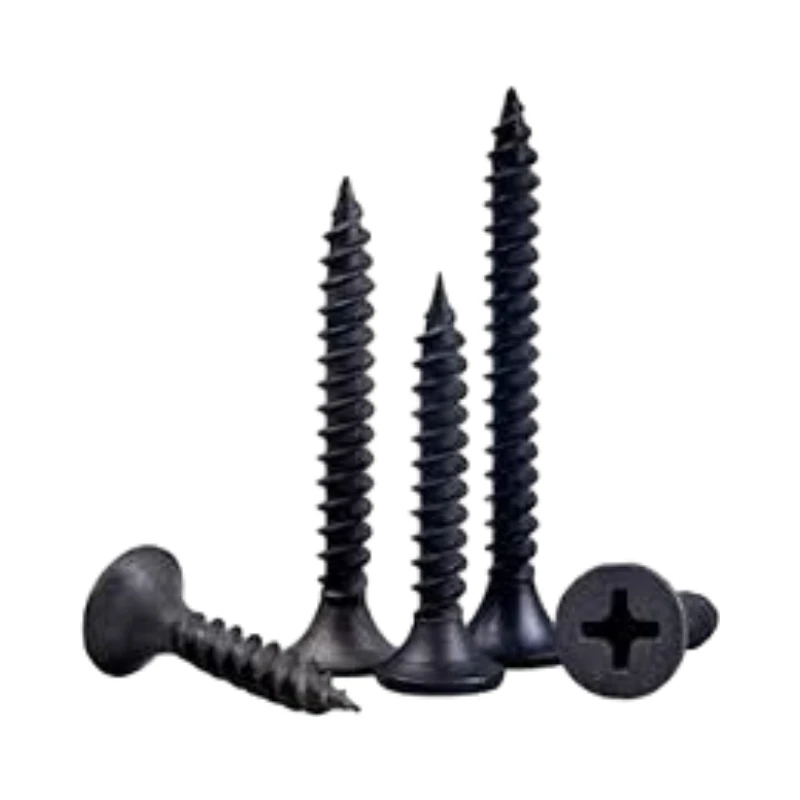
Talk With Us
+86-13601661296
Email Address
admin@sxjbradnail.com2 Inch Brad Nails - Precision Fastening for Woodworking & Construction
Understanding 2 Inch Brad Nails: Small Tools, Big Impact
At first glance, 2 inch brad nails might sound like one tiny piece in a gigantic industrial puzzle, but their global significance stretches beyond carpentry shops and DIY enthusiasts. From fine woodworking to large-scale construction projects, these slender fasteners keep things together silently and efficiently—making lives easier, safer, and production lines faster. As simple as they are, grasping their utility helps unlock solutions to everyday problems across industries and regions.
A Global Perspective: Why 2 Inch Brad Nails Matter
According to recent industry data, demand for brad nails is rising steadily, as precision building and modular construction methods become more widespread worldwide. The construction sector—which accounts for over 10% of global GDP—relies heavily on efficient fastening tools like these, particularly in developed and emerging markets striving to build faster, cheaper, and greener.
But there’s a subtle challenge: while larger nails drive pins deep, they risk wood splitting or material damage, which is a costly headache in delicate finishes. Enter 2 inch brad nails—long enough for strength but slender enough to keep surfaces intact. This sweet spot solves an age-old issue with minimal fuss. And it's not just homes or offices—think disaster relief shelters, industrial prototypes, or even furniture restoration across continents.
What Exactly Are 2 Inch Brad Nails?
If you’re new to the term, 2 inch brad nails are slim, short metal fasteners commonly used with specialized nail guns. Measuring about two inches from head to tip, they are thinner than regular nails, making them ideal for attaching trim, molding, or small wood pieces without splitting delicate materials. Unlike larger nails, they leave a minimal mark, often requiring little filling or finishing after installation.
These nails’ role extends beyond basic woodworking. In sectors where rapid assembly and precision matter—like prefab housing, interior installs, and even certain artistic restorations—they help maintain structural integrity without sacrificing speed. Oddly enough, some humanitarian organizations even pack them in kits to rebuild quickly after natural disasters, relying on their ease of use and low risk of material damage.
Key Factors Making 2 Inch Brad Nails Essential
1. Durability Without Bulk
Quality brad nails offer surprising holding power for their size. Many come galvanized or coated to resist corrosion, which is crucial for outdoor use or humid environments. The 2-inch length hits a balance that keeps trims and panels secured while avoiding damage caused by longer nails.
2. Precision and Finish
Because they leave smaller holes and split less wood, finishing work looks cleaner—think smooth moldings and flawless cabinetry. This reduces extra labor for filling and sanding post-installation, translating into real-time savings.
3. Cost Efficiency
While these nails cost a bit more than regular nails, the reduced finishing time and less material damage justify the investment, in construction or furniture-making contexts alike.
4. Versatility and Adaptability
They’re compatible with a variety of nail guns, so tradespeople value them for speed and flexibility. From tiny craft projects to large assembly lines, they adapt well.
Mini takeaway:
The 2 inch brad nail is like the quiet workhorse of fastening: small, precise, and surprisingly strong, ideal where aesthetics and strength must coexist.
Global Applications: From Urban Refurbishment to Emergency Shelter
In post-disaster relief operations in Southeast Asia, NGOs use 2 inch brad nails to quickly assemble lightweight structures that can withstand monsoon winds. Meanwhile, in North American custom cabinetry shops, these nails are staples for high-end finish work where every detail counts.
Modular construction in Europe also benefits widely. Prefab homes shipped across regions arrive partly assembled, with brad nails holding trim and finishes tightly together until onsite installation completes the job. Some manufacturing plants in East Asia have even started automating brad nail insertion to speed up assembly lines.
Mini takeaway:
From remote villages to automotive plants, 2 inch brad nails bridge gaps between speed, strength, and surface beauty worldwide.
Advantages and Long-Term Value of Using 2 Inch Brad Nails
- Cost Savings: Reduced repair and finish work saves time and money.
- Environmental Benefits: Less wastage due to fewer broken or cracked wood pieces.
- Reliability: Secure holding power improves structural safety and longevity.
- Social Impact: Enables fast, dignified shelter building in crisis zones.
This combination of practical and ethical benefits explains the sustained preference for these nails in professional circles. For carpenters and engineers, knowing which fastener to use can feel like a small decision — but in real terms, it’s a game-changer for quality and safety.
Emerging Trends and Innovations in Brad Nails
Green coatings aimed at improving biodegradability or reducing VOC emissions are on the rise. Some manufacturers are experimenting with stainless steel alloys to boost rust resistance without hurting recycle-ability. Digital nailers that adapt firing power based on wood density also promise less splitting and more precision.
Automation in construction, particularly with robotics, increasingly relies on tools compatible with standard brad nails. The vision? Faster builds that don’t sacrifice detail or environmental responsibility, which links back to the humble brad nail's evolving role.
Facing Challenges: What Could Be Improved?
One issue with 2 inch brad nails remains their limited holding in very hard materials. Some trades report occasional bending or misfires with less durable models. Also, environmental challenges mean we need more sustainable materials and packaging solutions.
Innovations in nail gun technology and coated nail design are the main answers here—experts suggest matching nail types precisely to job requirements reduces problems drastically.
Product Specification Table
| Specification | Detail |
|---|---|
| Length | 2 inches (50.8mm) |
| Diameter | 18 gauge (approx. 1.27 mm) |
| Material | Galvanized steel / Stainless steel |
| Coating | Electroplated, epoxy, or no coating |
| Grip Type | Smooth shank for finish work |
| Packaging | Boxed or strips for pneumatic nailers |
Vendor Comparison: Leading Suppliers of 2 Inch Brad Nails
| Vendor | Product Range | Price per 1000 | Special Features | Shipping Options |
|---|---|---|---|---|
| SXJ Staple Co. | 2 inch brad nails, various gauges | $75 | Galvanized & eco-coating available | Global express shipping |
| NailPro Solutions | Wide range; specialty finishes | $85 | Rust resistance with epoxy coating | Standard shipping with tracking |
| BuildFast Inc. | Limited; mostly bulk orders | $65 | Bulk discounts available | Domestic only |
FAQs About 2 Inch Brad Nails
Q1: Are 2 inch brad nails suitable for outdoor projects?
A: Yes, but it depends on the coating and material. Galvanized or stainless steel brads resist rust and last longer outdoors, especially in moist conditions. Plain steel nails might corrode quickly when exposed.
Q2: Can 2 inch brad nails be used with all pneumatic nailers?
A: Most brad nailers support 2 inch nails, but always check your tool’s specifications. Using the wrong size can jam the nailer or result in improper fastening.
Q3: How do 2 inch brad nails compare with finish nails?
A: Brad nails are thinner (usually 18 gauge) and better for delicate work with less risk of splitting. Finish nails are thicker and provide more holding power but leave bigger holes.
Q4: What surfaces are best for 2 inch brad nails?
A: These nails work great on softwoods, plywood, trims, and molding. They’re less effective on very hard or dense materials without pre-drilling.
Q5: Can brad nails be removed easily if needed?
A: They can be carefully pried out, but because of their thin profile, removal risks damaging the surface, so take care during removal.
Wrapping It Up
While it might sound like splitting hairs, the right choice in fasteners like 2 inch brad nails can transform a project’s quality, speed, and cost-effectiveness. Their tiny size belies their versatility — bridging craft quality with industrial efficiency. Whether you’re in a workshop in Wisconsin, assembling modular homes in Germany, or rebuilding after floods in Indonesia, they’re the small things that often hold the biggest weight.
Next time you pick up that nail gun, remember: sometimes it’s the quiet, precise tools that make the loudest difference.
Explore more on choosing the right brad nails and efficient nailers at SXJ Staple.
References
-
Affordable Quality: Understanding Cheap Brad Nails and Their Global ImpactNewsNov.24,2025
-
Type F Brad Nails: Precision Fasteners for Quality Craftsmanship & IndustryNewsNov.23,2025
-
High-Quality Type 47 Brad Nails for Precision & Durability | SXJ IndustrialNewsNov.23,2025
-
T47 Nail: The Ultimate Guide to Industrial and Construction ApplicationsNewsNov.22,2025
-
Everything You Need to Know About T Head Brad Nails | Global Fastening SolutionsNewsNov.22,2025









